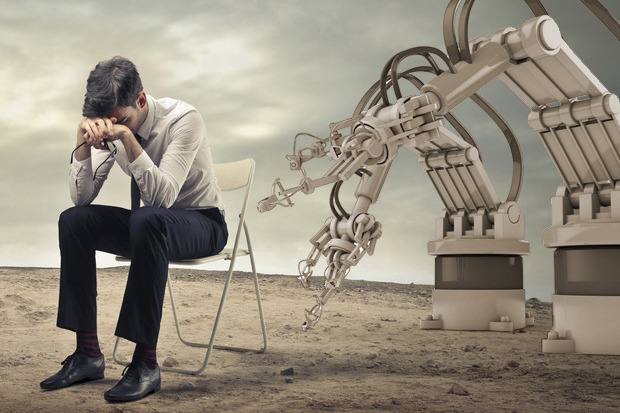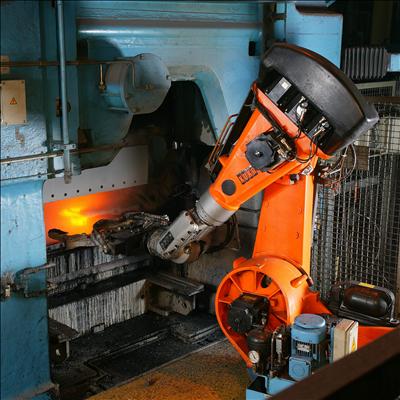RPA: What’s Hype, What’s Not


As robotic process automation (RPA) gains more and more impetus every day, it’s important to distinguish between what’s hype and what’s not. In this way, we can see how RPA is really leading us into the future. While of course there’s always intense promotion surrounding the introduction and development of new innovative technologies, not everything is hype, and many businesses are seeing significant value from the use of RPA. Data show that RPA has recently become an instrumental tool in enabling businesses to grow more successfully, and its demand is projected to significantly increase within the next few years.
The founder of the Institute for Robotic Process Automation (IRPA), Frank Casale, suggests, “we cannot deny that automation, in particular robotic process automation, is today’s version of outsourcing – unstoppable.” Casale provides a closer insight into RPA by allowing us to see that it’s already here and that it’s is not going away: RPA is already visible in our daily lives when we stop at an automated teller machine or when we look at the food choices on our airline’s menu, for example, and it’s constantly evolving to automate more and more complicated processes. As it develops, RPA will significantly benefit businesses in addressing workforce needs and reducing costs.
But in an effort to distinguish between hype and reality when it comes to RPA technology, it’s crucial to understand the consequences and implications of implementing RPA and how it might function in business automation on a grand scale. With that in mind, there comes a new number of questions worth addressing, such as:
What does RPA technology actually entail? What are the next steps in automation capabilities? What is the value proposition of RPA and how can it be leveraged to help businesses grow and expand?
In addressing these points, considering the convergence of RPA with other innovative developments, such as artificial intelligence (AI), machine learning, and cognitive computing, is crucial. These terms are often used interchangeably, but incorrectly so, causing confusion throughout the technology sphere and clouding the actual capabilities and advantages these platforms provide. Let’s look more closely at the definitions:
1). AI can most simply be defined as being “self-learning.” Where robots reach the same exception multiple times, AI would be able to adapt to these differences, eventually learning and incorporating this new information into its behavior. These characteristics are what define AI as being “intelligent,” taking on almost human-like characteristics.
2). What some would consider part of the AI “umbrella,” machine learning refers to the algorithms and complicated computer systems that allow a technology to become “intelligent” and to learn over time without being specifically programmed in that way. Machine learning is largely based on pattern recognition and can often be sped up by RPA’s data collection abilities.
3). The IRPA explains that cognitive computers, through the help and influence of AI and machine learning, “are trained, not programmed, to function as the human brain does, performing cognitive tasks from sensing, predicting, inferring, and even having an emotional intelligence.” Computers with cognitive are designed to learn from and work with humans, aiding in decision making processes, making judgements, and giving feedback. This is all accomplished through the capabilities of speech and image recognition.
Experts suggest that, even though they have the ability to adapt, the robots designed for RPA are not “smart,” in the sense that they are limited to what we have programmed them to do. They have memorized a process we assigned them, and they repeat it over and over again. When an exception is reached, human intervention is then required in order to solve the problem. Because of this, “intelligent” technologies, some of which we mentioned, are often also implemented in addition to RPA, creating what’s commonly referred to as intelligent automation. While these “intelligent” processes are very different than RPA alone, it’s clear that the two technologies complement one another.
In addition, industry analysts suggest that more complex technologies that combine RPA with cognitive computers, while maybe not widely employed currently since the AI is not needed in many cases, show great potential. With intelligent automation, together both RPA and AI will enable businesses to not only complete repetitive, rule-based processes with ease but also to aid in more complex scenarios that involve capabilities that were previously limited to humans. Leveraging this advantage will result in more streamlined processes, enhanced visibility into existing processes, and increases in productivity and growth across various touch points of a company’s value chain. Implementation of these platforms would also reduce reliance on human intervention, thereby significantly increasing productivity and efficiency, as well as allowing for faster, more cost-effective business decisions and actions.
The expansion of RPA to include analytical processes, in addition to the processes that it can already automate, will allow for much more flexibility and advancement in what these technologies can accomplish for companies now and into the future.
.

Content Developer, Trekk
Get articles from automation experts in your inbox
SubscribeGet articles from automation experts in your inbox
Sign up today and we'll email you the newest articles every week.
Thank you for subscribing!
Thank you for subscribing! Each week, we'll send the best automation blog posts straight to your inbox.



